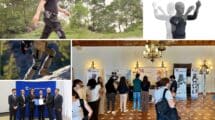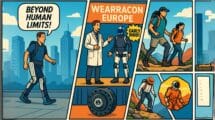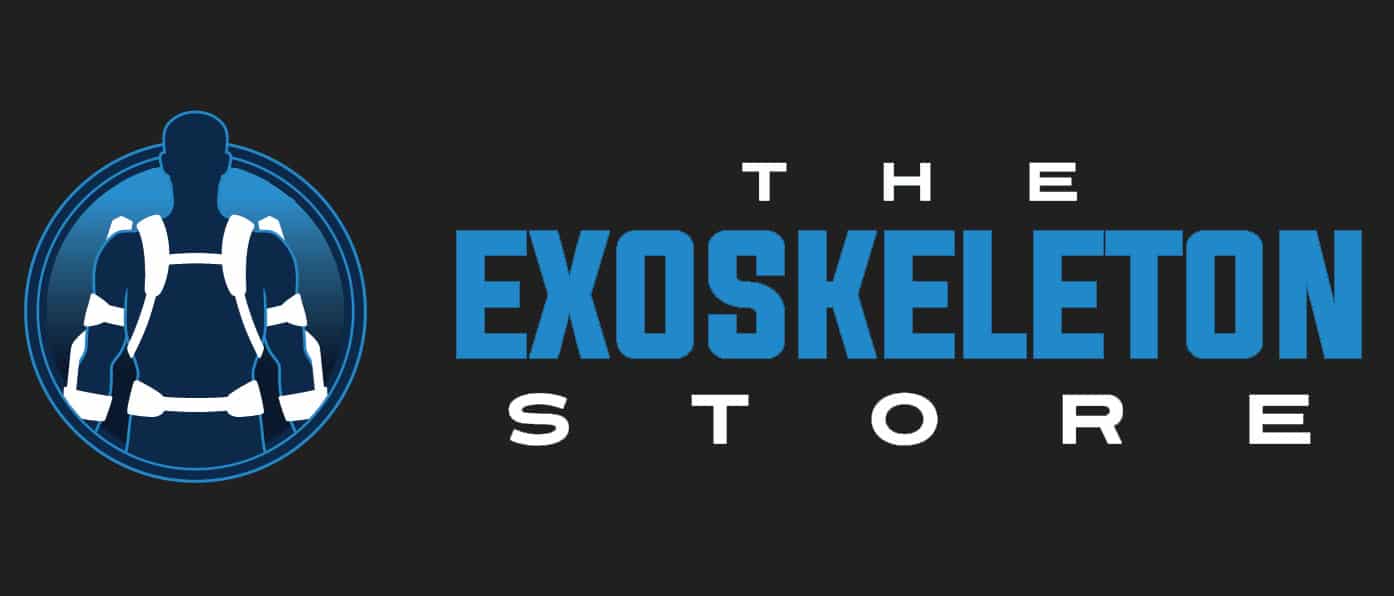Summary of the Exoskeleton Report Newsletter,January 30, 2025, (AI Generated):
Sports and Outdoor Use:
• Interest in sports exoskeletons continues to rise, with discussions on gear costs and preparation time.
• New consumer products for hiking and mountaineering aim to assist users with injuries or reduced mobility by providing powered leg support.
Industrial and Occupational:
• A Canadian study with 14 participants performing repetitive lifting tasks noted reduced exertion and faster task completion when using a passive back support exoskeleton.
• Another study explored three back-support exoskeletons (Japet.W, HAPO, and HAPO FRONT) in simulated bedside mobilization tasks, focusing on injury prevention for home care workers.
Medical Applications:
• Recent research examines how medical exoskeleton controllers are assessed, typically focusing on factors like metabolic cost, muscle activation, interaction forces, comfort, cognitive load, and user preference.
• The integration of AI in exoskeletons is highlighted, emphasizing both ethical considerations and potential benefits in rehabilitation settings.
• Research and Technology:
• Development of a passive ankle exoskeleton for runners aims to improve comfort and usability.
• CEINMS-RT (Calibrated EMG-informed Neuromusculoskeletal Modeling Software — Real-Time) has been introduced as an open-source platform to align human intent with robotic actions in wearable robotics.
Awards and Recognition:
• The Excellent Exoskeleton Chat by the ET CoE surpassed 10,000 downloads, marking a notable achievement for a podcast largely focused on exoskeleton and exosuit technology.
• HUROTICS’ CEO and Founder received a National R&D Excellence and Top 100 Award, recognizing achievements in science and technology.
• ONERZIA’s passive hip exoskeleton, Onflowus, received a design award for aiding athletes by reducing muscle fatigue and enhancing recovery.
Consumer Developments:
• Haptikos introduced a new hand exoskeleton designed for virtual and augmented reality, offering haptic feedback and improved interaction with digital environments.
Military Implementation:
• A military force showcased exoskeletons in logistics-focused training drills, demonstrating an ongoing interest in using the technology for load management.
Business Updates:
• A global bionics industry map now tracks 500 entities (companies, investors, nonprofits, academic institutions) involved in prosthetics, exoskeletons, and mobility technology.
• Fourier secured a significant investment round to advance its robotics efforts, including ongoing work on rehabilitation exoskeletons.
The best way to read this newsletter is to deliver it directly to your inbox. Join the over 1,000 exoskeleton experts, developers, and enthusiasts and subscribe to the newsletter. If you enjoy this publication, please support the Exoskeleton Report on Patreon; every bit helps!








Add Comment